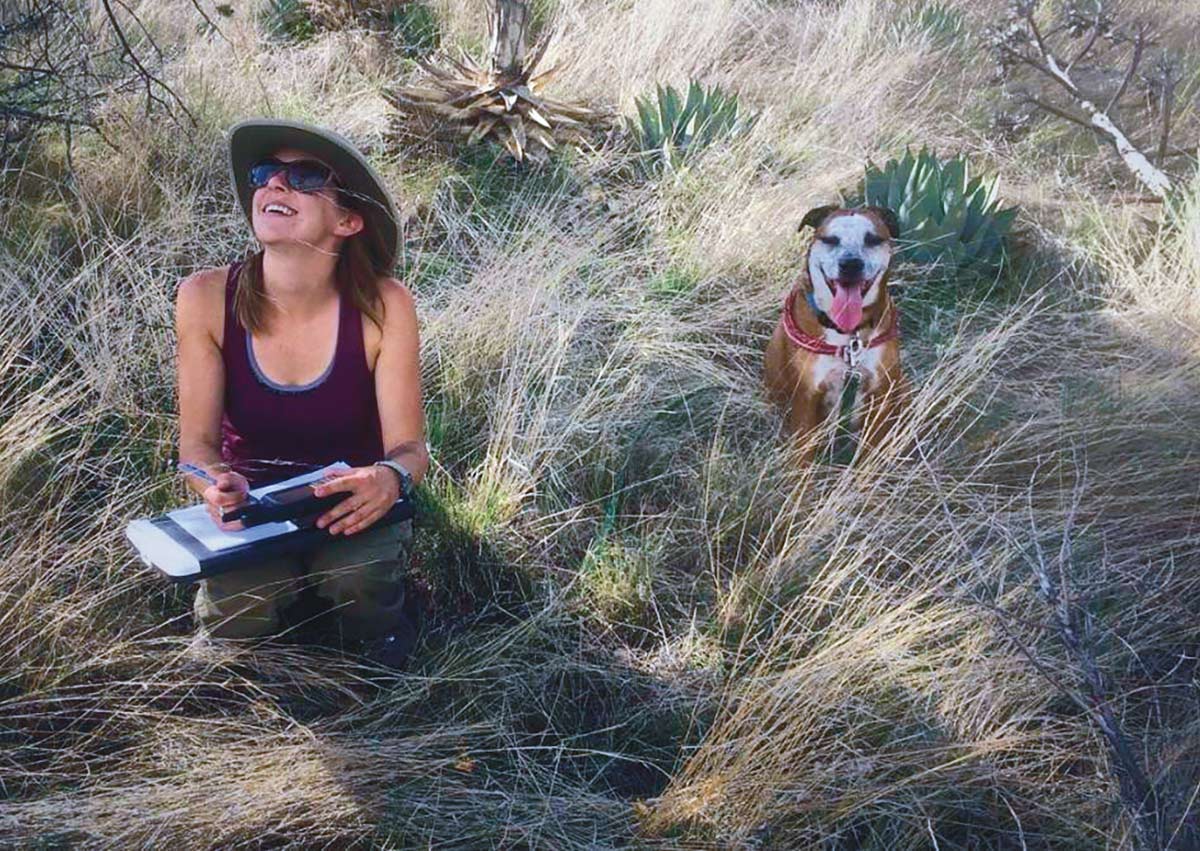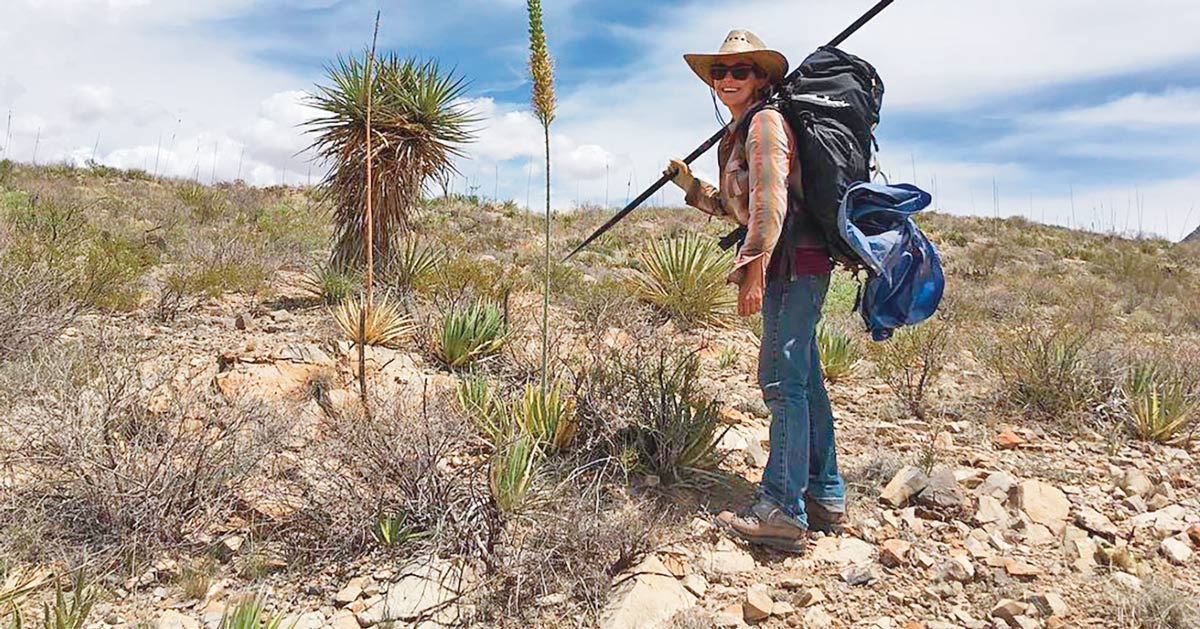

Restoring Agave to Save Bats
CI’s Agave Restoration Coordinator, Rachel Burke, collaborates with stakeholders to lead United States-based agave restoration work. Before joining BCI in November 2023, Burke worked in wildlife habitat conservation for state and federal agencies, including the Bureau of Land Management (BLM) and the U.S. Forest Service. Her graduate thesis work at New Mexico State University focused on building models of bat habitat and seasonal nectar availability in bat migration corridors. Now, her work at BCI focuses on the same nectar bats.
What is a typical day like for you as Agave Restoration Coordinator?
What are some of the main challenges nectarivorous bats face in the U.S.?

Photo: Jennifer D’Annibale
Could you tell us about some opportunities you see for agave restoration work?
What are you most excited about in your work moving forward?
I am excited to expand partnerships with land managers in key areas. Working more closely with land managers will help us integrate agave restoration into broader landscape health initiatives and amplify the impact of our agave restoration efforts. Our agave program has expanded awareness around the importance of agave for nectarivorous bats. I am excited to harness the inertia around agave conservation to implement effective recovery actions for the Mexican long-nosed bat.